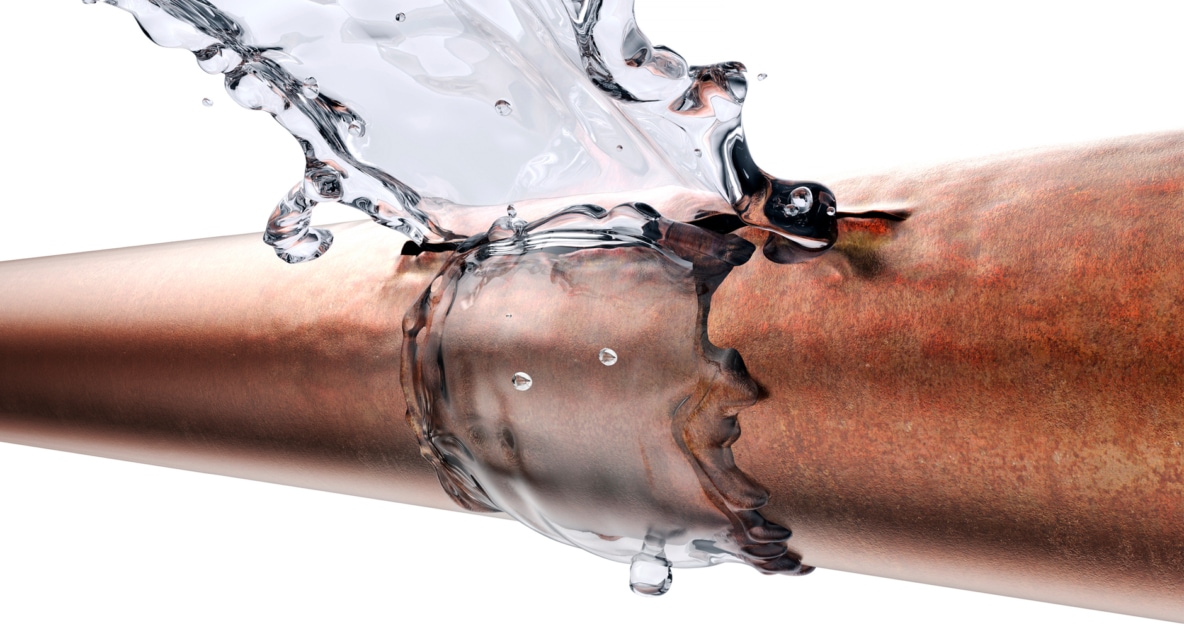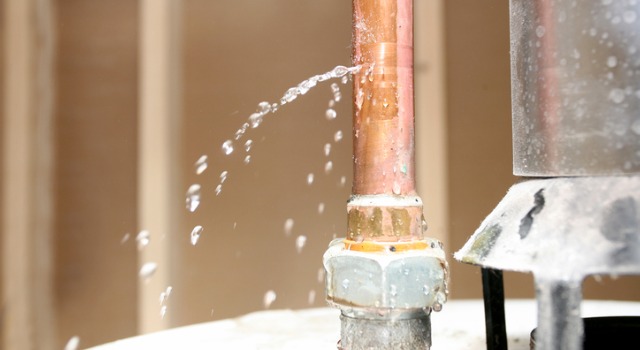From Detection to Correction: A Fast Approach to Handling Burst Pipes
From Detection to Correction: A Fast Approach to Handling Burst Pipes
Blog Article
This great article following next on the subject of How to Install and Connect a New Dishwasher is fairly captivating. Don't bypass it.

A burst pipe is a major emergency; you can only stand as you enjoy water you pay a lot to rejoin with the planet. In even worse situations, you notice a pool on your kitchen area floor, which is an excellent journey threat, specifically if you have youngsters around. If the pipeline that burst was in your walls, bad news: you may need to repaint that entire section.
Just how can a tragedy like a ruptured pipeline be stopped as well as handled? Well, by paying attention to your professional emergency plumbings and following these regulations.
Just how do I recognize when my pipes have burst?
Varying water pressures
Pipes do not just burst in a day. You might have observed that your kitchen area tap or shower doesn't run right away when you turn the faucet. It may pause for a few secs and afterwards blast you with even more force than usual.
In other circumstances, the water might appear typical at first, after that drop in pressure after a few secs.
Polluted water
Lots of people assume a burst pipeline is a one-way electrical outlet. Rather the contrary. As water drains of the hole or gouge in your plumbing system, contaminants locate their method.
Your water may be contaminated from the source, so if you can, inspect if your water tank has any issues. Nevertheless, if your drinking water is supplied and cleansed by the city government, you should call your plumber instantly if you see or smell anything funny in your water.
Puddles under pipelines and also sinks
When a pipeline bursts, the discharge creates a puddle. It may appear that the pool is expanding in size, and despite the amount of times you wipe the pool, in a couple of minutes, there's another one waiting to be cleansed. Usually, you might not be able to trace the pool to any type of visible pipelines. This is an indication to call an expert plumber.
Wet wall surfaces as well as water stains
Prior to a pipeline bursts, it will certainly leakage, many times. If this persistent dripping goes unnoticed, the leak might graduate into a broad gash in your pipeline. One simple way to prevent this emergency is to watch out for damp wall surfaces advertisement water spots. These water stains will certainly lead you right to the leak.
Untraceable trickling sounds
Pipe ruptureds can occur in one of the most undesirable places, like within concrete, inside wall surfaces, or under sinks. When your home goes silent, you might be able to listen to an annoyingly relentless leaking noise. Also after you've inspected your shower head and cooking area tap, the trickling may proceed.
Dear visitor, the dripping might be coming from a pipeline inside your walls. There isn't much you can do regarding that, except tell an expert plumber.
Turn up the Warmth
Set up followers to blow warm right into cold areas. Maintain the garage door shut. If you have lowered water flow, warmth the most prone pipes (normally in basements as well as crawl spaces or near outside wall surfaces) with a hair dryer. Leave the tap on while you use warm. As you thaw ice, the flow will raise. To avoid pipelines from freezing, protect your wall surfaces.
Start Doing Away With the Water
Grab the mop, pails and also a shop vacuum to begin to get rid of the water since you absolutely don't want it saturating right into everything else in your home. Plus, a fast clean up will minimize the opportunities of something getting moldy.
What do I do when I identify a ruptured pipe?
Your water meter will remain to run also while your water wastes. To minimize your losses, locate the main controls as well as transform the supply off. The water pipe are an above-ground framework at the edge of your residential property.
How to Fix & Detect a Leaking Pipe
How Do I Know if a Pipe is Leaking?
Leak detection tests can help you determine if your pipe has a leak. Even if you don’t see an apparent leak, you should still conduct leak detection tests regularly to save water and money—and prevent major damage to your home.
Water meter. It can be helpful to figure out what your usual water meter usage numbers are and then monitor them regularly. To monitor your meter, first, turn off all water faucets in your home. Check the meter and write down the numbers. In a few hours, check the meter again. If the numbers have changed, you have a leak. Water gauge. Use a water gauge to test your water pressure. Your showerhead should produce a certain amount of water pressure based on its model and design. If the pressure is lower than it is supposed to be for that specific showerhead, your home likely has a leak. Puddles. Look inside your bathroom, laundry, and kitchen sink cabinets. Puddles around the cabinets or around toilets, tubs, showers, and washing machines indicate the presence of a leaking pipe. You may also notice loose tiles, peeling or flaking paint, or mold caused by water accumulation. Napkin test. Even if you don’t see any puddles, you may still have a leak. You can test for water leaks in the bathroom, laundry, and kitchen by wiping below-sink connections with a napkin, paper towel, or piece of toilet paper. If it becomes damp, you probably have a leaking pipe under the sink. Discolored walls. Walls that are discolored—usually with brown or yellow stains—or bulging might mean that they have been impacted by water damage caused by a leaking pipe. Smell. A leaky pipe will create sitting water, and over time, that water may develop a musty smell. If your home smells musty, but you can’t locate the source, it may be due to a leak. Steps for Fixing a Leaking Pipe
A leaky drain can be remedied by tightening the pipe base, replacing the drain seal, caulking the rim, and tightening the pipe nut. Similarly, a leaking toilet pipe can be treated by tightening the packing nut. You may also need to replace the valve. A leaky faucet may just need tightening or replacement of the washers. If that doesn’t work, consider replacing your faucet. If your pipe has a hole in it, you may want to use a pipe leak sealer or pipe leak tape. This quick fix for water pipe leaks can also temporarily fix a copper pipe leak. https://www.ahs.com/home-matters/quick-tips/how-to-tell-if-pipes-are-leaking/

We hope you enjoyed our part on How to Install and Connect a New Dishwasher. Thank you so much for taking a few minutes to read through our short article. Do you know somebody else who is truly interested in the subject? Please feel free to promote it. I praise you for your time. Visit us again soon.
Book Your Installation
Report this page